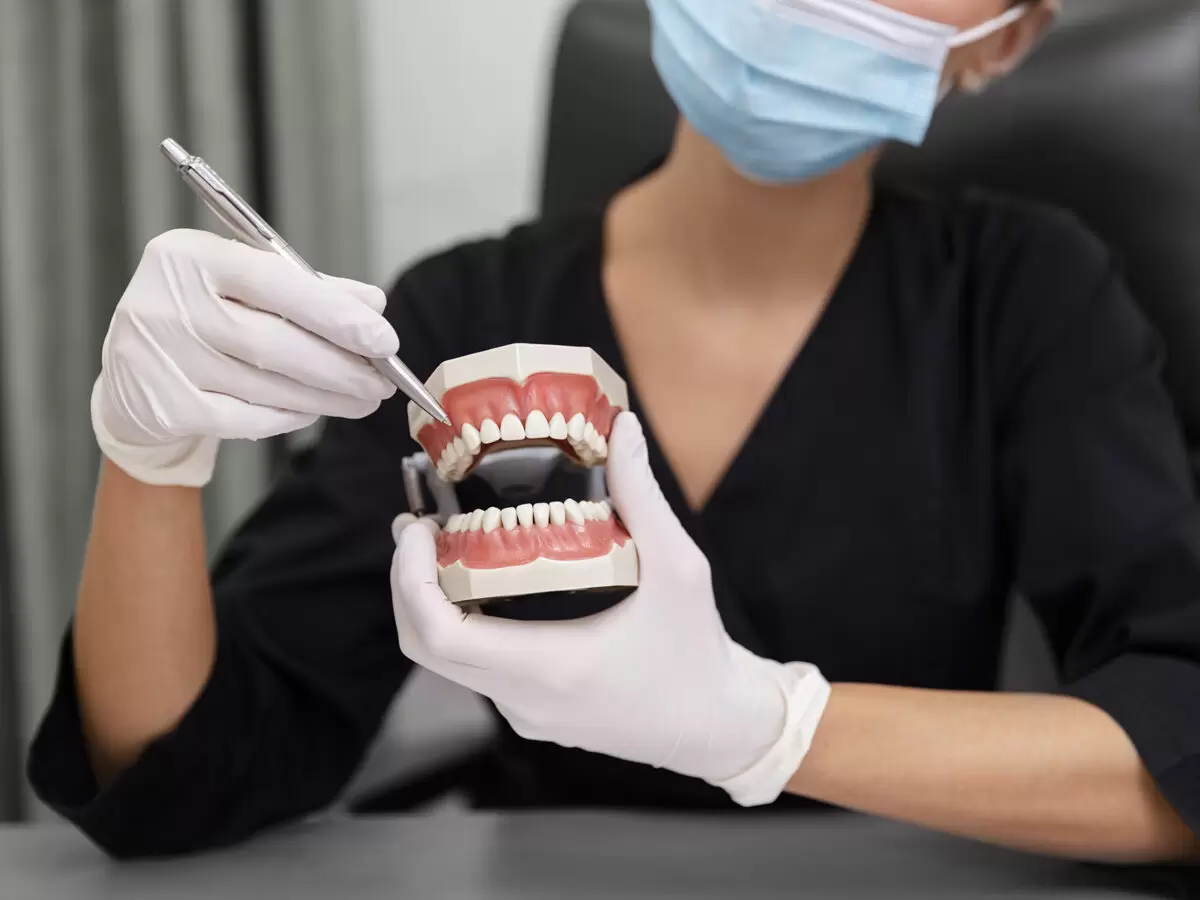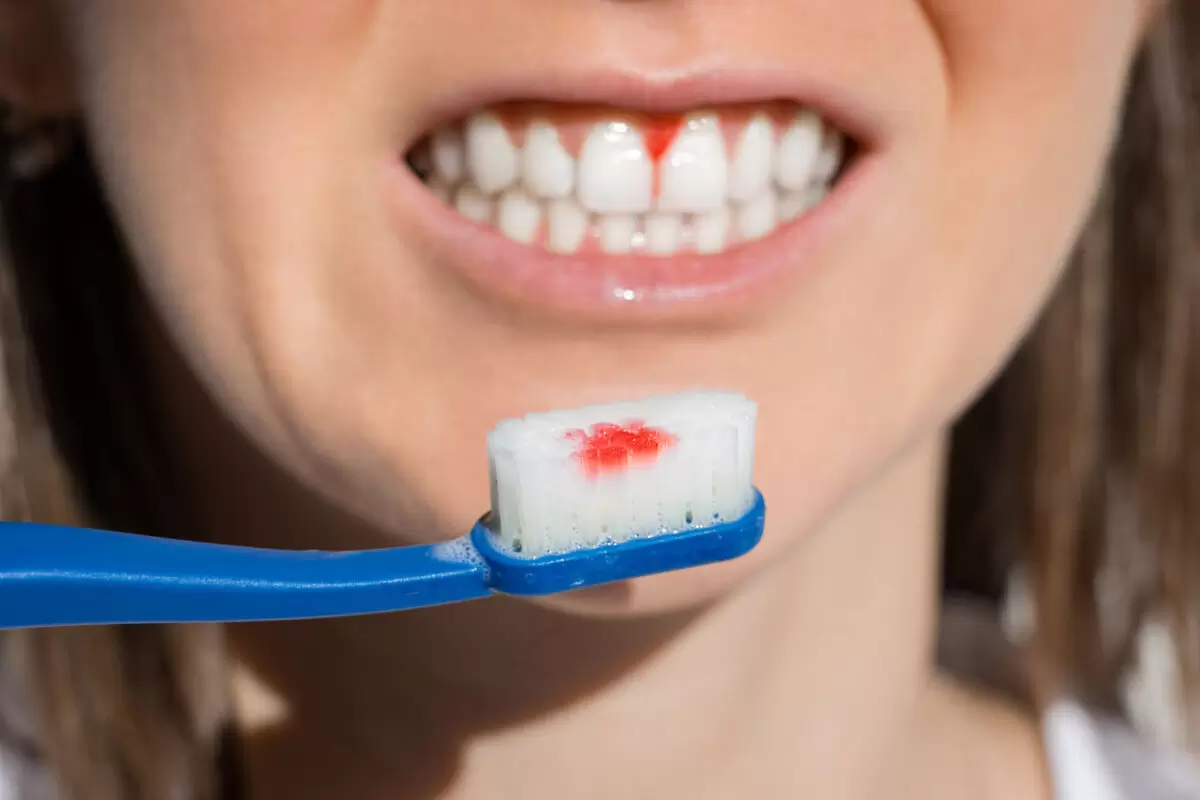Dentures are added to the mouth following the extraction of teeth. Though most patients are willing to have dentures placed in their mouths, many are hesitant to commit to the whole process as it requires a more substantial time commitment. In this blog, you will learn how dentures help to boost your personality and beautify your smile.
What is the process of getting immediate dentures?
The following steps are the procedure of denture addition after an extraction of teeth.
- When your dentist extracts your molars, you must usually wait approximately six weeks for healing.
- In the weeks following the extraction of your molars, your dentist and dental technician will prepare your immediate dentures based on impressions and molds of your existing teeth and jaw.
- You will have your remaining teeth extracted by your dentist. Then, your new dentures will be placed “immediately.”.
- Taking your dentures out at night is normal, but the first night will differ. During that first night, you will leave your dentures in your mouth, and your dentist will take them out the following day.
- During healing, your dentist will add liners to your dentures and adjust the fit. Your gums will shrink as they heal, so your new dentures will quickly become loose.
- The second and more refined denture will be prepared by your dentist once your gums, and you have sufficiently recovered from the oral surgery extraction procedure. After your extractions, we will prepare your dentures to be aesthetically pleasing and consider all of the changes to your mouth, gums, and jaw.
- The shape and size of your jaw will continue to change after six months or so, so it’s likely that your dentures will also need to be relined. It is an ongoing requirement of living with dentures to adjust them to ensure a comfortable and secure fit while accommodating your changing jaw size.
- The frequency with which you need to make adjustments will vary from person to person. During regular dental checkups, your dentist will examine your gums and assess how well your dentures fit.
Wait Time between teeth extraction and denture placement.
Getting dentures takes a lot of work and time. It will take three to six months after the teeth are pulled for the patient to receive custom-made dentures. As a result of this wait period, the gum tissue will have ample time to heal. The dentist will provide you with temporary immediate dentures while your gum tissue heals so that the dentures will fit perfectly. You do not need to worry about your gums during this period.
Benefits of immediate dentures
Who doesn’t want a beautiful smile? Most of us desire a perfect set of pearly whites. But if tooth extraction is essential due to some medical condition, your smile might not look the same. You can opt for dentures immediately after the extraction to maintain your smile. It will allow you to readjust your normal lifestyle easily and talk, chew, and stay as if nothing has changed.
Our teeth are an essential part of our personality. If, after extraction, one might feel uncomfortable, embarrassed, or ashamed, it is better to replace the extractions immediately with dentures.
Final Thought
The dentures are a lifesaver if you find your outer appearance essential to your personality. Most people are concerned about how they look. And a healthy set of teeth makes your personality whole. With advanced technology, replacing your extracted teeth with dentures almost immediately is impossible. In a single appointment, your teeth can become whole again.
You can also consult our dentist about tooth extraction, dentures, and tooth replacement in detail to understand how it will be done. Dentures in our natural teeth color are a temporary alternative to missing teeth, but they need care. With good hygiene and maintenance, they can also have a long life.





